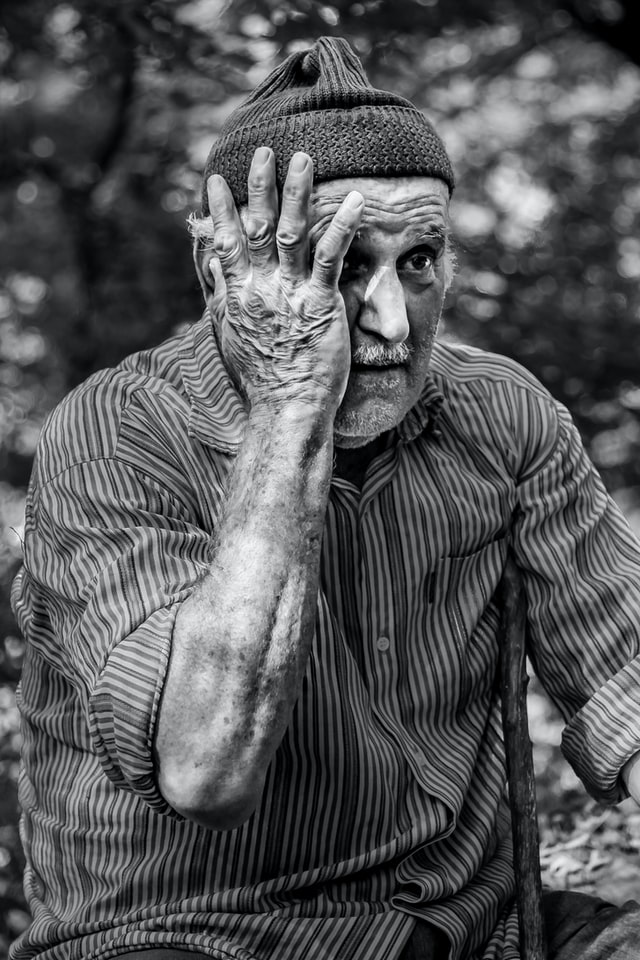
Falls and Fall Risk Among the Elderly
This article has been medically reviewed by Dr. Martin Duggan.
This content is not intended to be a substitute for professional medical advice, diagnosis, or treatment. Always seek the advice of your physician or another qualified health provider with any questions you may have regarding a medical condition.
Falling and slipping accidents are very common, and seniors are more likely to have medical problems that make them prone to fall. Falls can be more dangerous and damaging than they seem at first glance. Symptoms can manifest hours or even days after a fall, making it absolutely essential to look for symptoms that are indicative of an issue and seek medical attention right away.
In this article, we will discuss the problems that cause increased fall risk in the elderly. We will also discuss symptoms that you can ask the doctor to look for immediately after a fall. And we will end by discussing the steps you can take for prevention and smoother recovery.
Underlying issues that can cause a fall
Ask your doctor to check for symptoms that could be indicative of a greater issue, especially if you have a family history of any of these illnesses.
It is important to understand the risk factors for falls in order to lessen the probability of them occurring. Falls can signal an underlying issue that needs treatment, which makes it important to be highly proactive in getting the right medical attention for your elderly loved one to make sure the incident is less likely to happen again.
If you or a loved one has suffered a fall, ask your doctor to check for symptoms of underlying issues that could have caused the fall. Be especially careful when checking for these symptoms if you or your loved one has a family history of any of these health problems.
There are certain issues and symptoms that could have led to a fall. Some of these include:
1. Issues with blood pressure
Many falls are associated with light-headedness or fainting. People who have already diagnosed blood pressure issues can be prone to falls. Check their blood pressure when sitting and standing to assess their condition.
2. Medications
Many medications have effects that could have caused a fall. These can include sleeping medications, opiate pain medications, allergy medication, diabetes medication, antidepressants, etc. When seeing a doctor, it is important to bring up the medications that are being taken by your loved one for review. Your doctor may need to find an alternative medication if your loved one is experiencing adverse effects that led to a fall.
3. Vision or balance problems
Having visual impairments, especially when they are not treated well with the right solutions, can greatly increase chances of falling for seniors, as they may not always see where they are going or may experience problems with depth perception. Additionally, medical conditions that affect balance can also have caused a fall. Checking their gait (the way they walk), and addressing any pain or discomfort in the joints, legs or back can help prevent balance issues from causing falls. You could also consider taking them for a checkup on their eyes to see if they need new glasses.
4. Vitamin D level
Low vitamin D levels can also be a factor in causing a fall. Having low vitamin D can lead to fragile, unhealthy bones. If your loved one is not able to go outside very often and gain vitamin D from the outdoors, it is important to rectify this by bringing it up with a medical professional. If a medical professional finds that your loved one’s vitamin D levels are low, then they may prescribe a supplement.
5. Neurological and heart conditions
In some cases, neurological diseases like Parkinson’s disease can be a risk factor for falls. Chronic issues of the heart can also lead to a higher risk of falls. If falls have happened before, or even near-falls, it is important to look into the possibility that there could be neurological or heart-related causes.
Other symptoms or issues that could have led to a fall include:
- Urinary tract infections
- Dehydration
- Anemia
- Stroke
Ask your doctor to rule out all of these possibilities to make sure the fall was not a result of any of these underlying conditions.
Aside from biological issues, it is important to keep environmental factors in mind too. Safe home environments are important. Issues that can come up as environmental risks are poor lighting, or uneven flooring.
Identifying symptoms after a fall
While understanding the causes for the fall itself is important, the immediate response would be to check for issues that arise as a result of the fall.
Fall injuries and symptoms
Assess for injuries or any places on the body that ache or feel pain. Check for the following symptoms that may indicate a critical issue:
- Abnormal behavior
- Drowsiness, excessive fatigue, and sleepiness
- Severe headache
- Stiff neck
- Loss of consciousness
- Vomiting
- Ringing in ears
Certain symptoms, especially head injury symptoms may not appear immediately. It is critical to look out for any of the symptoms above even days after a fall.
Common types of fall-related injuries
People with different levels of health and medical conditions can suffer varying impacts from a fall. Keep these injuries in mind when checking for symptoms. The most common types of injuries that can result from a fall include:
1. Sprain or strain
It is quite common to pull a muscle due to a fall, whether it is because the person held out their arms to catch themselves or their body twisted in a certain way. This can also cause torn ligaments and stretched tendons, which are both serious injuries that can take a very long time to heal, especially if medical attention isn’t sought immediately after the fall.
You can recognize a sprain or strain by:
- Continued pain
- Bruising around the affected area
- Muscle spasms in the affected area
2. Injury to the knee
One may put their knees out to lessen the blow of the fall instinctively, causing potential damage.
Symptoms of a knee injury may include:
- Bruising on the knees
- Swelling around the knees
- Popping or clicking noises from the knee
- The knees are red, warm to the touch
- Stiffness or inability to straighten the knee
- Instability or weakness
3. Injury to the tailbone
This can cause severe discomfort for many daily activities, like sitting, using the bathroom, or sleeping.
Symptoms of a tailbone injury may include:
- Pain or numbness when sitting
- Pain in the lower back and upper buttocks area
- Swelling and bruising around the bottom of the spine
4. Hip fractures
These are very common injuries for those aged 65 and older.
Symptoms of a hip fracture may include:
- Inability to walk
- Inability to stand up after a fall
- Severe pain in the hip
- One leg is shorter than the other on the injured side
- One leg turns slightly outward on the injured side
- Unable to put weight on one side of your hip
- Bruising and swelling in the hip area
5. Injury to the spinal cord
This is one of the most severe injuries that can be suffered due to a fall. Serious cases can even lead to paralysis. This is why seeking medical attention early on is so important.
Any of the following symptoms may be indicative of a spinal cord injury:
- Inability to walk
- Inability to control the bladder or bowels
- Inability to move arms or legs
- A spreading numbness or tingling in fingers and toes
- Losing consciousness
- Headache
- Pain, pressure, and stiffness in the back or neck
- Head tilted or positioned in an unnatural way
6. Head injuries and concussions
Many people might only feel a mild headache from a head injury. However, traumatic head injury symptoms may take days to show up, so it is important to seek medical attention promptly.
Traumatic head injuries can lead to:
- Problems with speech
- Dizziness
- Loss of consciousness
- Confusion or feeling disoriented
- Headache
- Nausea or vomiting
- Blurred vision
- Sensitivity to light or sound
- Memory or concentration problems
More severe cases of head injuries can lead to seizures, slurred speech, numbness in fingers or toes or coma.
7. Cuts and bruises
Some bruises and cuts can actually be hiding a more serious issue under the skin. Ask the doctor to take an extra look at any bruises or cuts that came as a result of the fall.
8. Broken bones
Even if you can move the limb or joint in question without great discomfort, there are chances it can be cracked or broken. Getting an X-ray can rule this out. If the person feels immense pain and discomfort then going to an emergency room is the best option. It is also common to break the collarbone, which should also get medical attention immediately.
You can recognize broken bones with the following signs:
- Pain from the bone
- Applying pressure makes pain significantly worse
- Severe swelling, bruising, numbness
- The bone made a cracking nose at the time of the fall
- The area looks distorted or unnatural. You may even be able to see the bone
- You cannot use the area that is broken or put weight on it without severe pain
9. Dislocation of the shoulder
This can cause great pain and lead to a very painful recovery.
A dislocated shoulder is recognizable from the following symptoms:
- Inability to move the shoulder
- Inability to use the injured arm to lift weight
- The joint appears deformed
- Tenderness, bruising, swelling
- Muscle spasms
- Tingling, weakness, or numbness in the arm or neck
The importance of seeking medical attention
Regardless of the severity of the symptoms that the person is exhibiting, and even if you believe there is no serious injury, seeking medical attention after a fall for seniors is always recommended. It can help uncover any underlying issues that may not show up in the form of symptoms as a result of the fall. It is the best step to ensure the health of your senior.
If the senior is exhibiting symptoms, then proactively seek medical attention immediately to treat the issue as soon as possible. By acting fast, an issue that may have otherwise grown to be increasingly painful can be remedied in a much smoother way.
How to prevent falls
Falls can be a devastating event for seniors, as they are a major threat to both health and independence. Recovering can be long and financially difficult to manage. Falling can instill fear that lasts for a long period of time, thus impacting quality of life. It is also very worrying for caretakers.
Being aware of the risk factors that a senior is exposed to, from pre-existing medical conditions or medications is essential to preventing serious repercussions from a fall, or preventing the fall in the first place. To prevent the person from having no way of calling for help or getting medical attention, installing medical alert systems, or getting your loved one a portable medical alert device can make a massive difference, and can potentially save their life. Medical alert necklaces and medical alert watches are great ways to ensure better safety for your loved one in case of a fall.
Going on walks are helpful
As seniors grow older, their risk of falling increases significantly. This can lead to unwanted injuries and hospitalizations, affecting their overall health and well-being. One way to combat senior fall risk is to engage in regular exercise, such as walking, which can improve strength, coordination, and balance. However, it is crucial to ensure that walking routines are safe and fulfilling for seniors. For more information and useful strategies on how to safely incorporate walking into seniors’ lives, visit MedShadow.org. This valuable resource provides essential tips and recommendations to help reduce the risk of seniors falling while enabling them to maintain an active lifestyle.
Conclusion
Falls are unfortunately common incidents that can happen to anyone at any time. For seniors, this can be especially detrimental and cause long-term impacts that are hard to recover from. Learning about risk factors, being proactive about getting medical attention, installing alert systems, and fall-proofing home environments for your seniors can go a very long way in protecting their health and well-being while preventing fear and anxiety for the senior as well as their loved ones.
Even if the fall happens, knowing what symptoms to look for beforehand can give you a very important understanding of what help your senior needs.
Performing a risk assessment, taking precautions, and reading about the symptoms above can make all the difference in the world for your loved one. Your recognition and treatment of their symptoms could even be the wherewithal that saves someone’s life.
Sources:
- What to do if you fall, NHS, www.nhsinform.scot
- Preventing falls, CDC, www.cdc.gov
- 8 Things to Have the Doctor Check After an Aging Person Falls, Better Health While Aging, betterhealthwhileaging.net
- Traumatic brain injury, Mayo Clinic, www.mayoclinic.org
Related Articles

When Is It Time for Assisted Living?
Wondering if it is time for assisted living for your loved one is a common question for caregivers. As a caregiver, you might have been considering the question for months or possibly even years. Your loved one might have declined to continue the discussion as the thought of moving out of their family home and […]
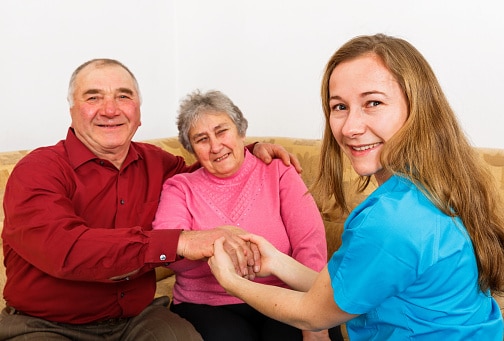
All About Adult Day Care: Community and Costs
Adult day care is a fairly new concept for caregivers. The basic idea is to provide a secure place where seniors can enjoy social activities during the day and be provided nursing care as needed. It’s a hybrid model of eldercare that prioritizes community. At the same time, seniors get help with common custodial tasks […]
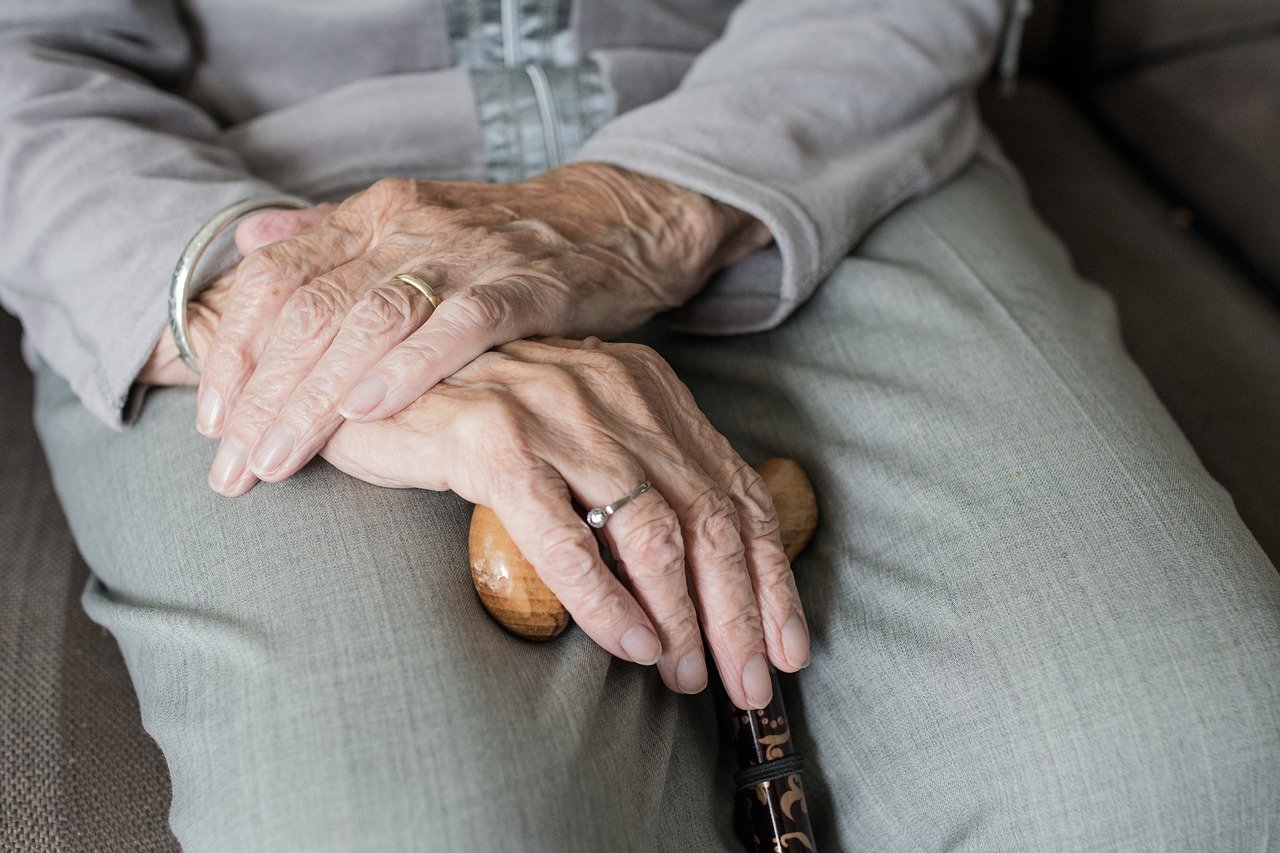
An Overview of Senior Rehabilitation Centers
Recovering from injury or illness in your golden years may take time and support. That’s where senior rehabilitation centers become essential. If you need a temporary stay to recover from injury or illness, senior rehabilitation centers can be the solution to get expert care and daily support. In this article, we’ll give you an overview […]
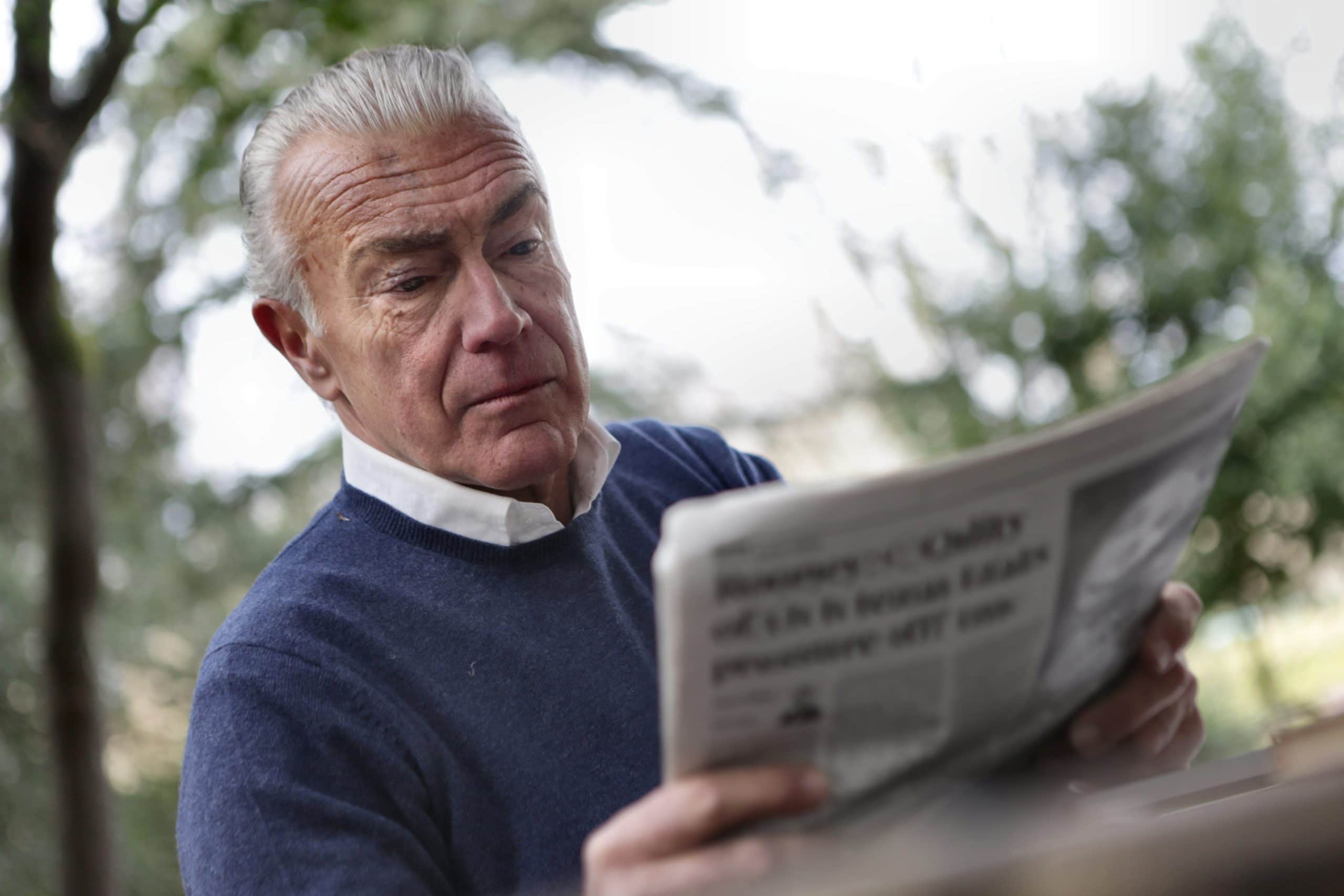
A Caregiver’s Guide to ADLs and IADLs
This article has been medically reviewed by Dr. Martin Duggan in 2021. This content is not intended to be a substitute for professional medical advice, diagnosis, or treatment. Always seek the advice of your physician or another qualified health provider with any questions you may have regarding a medical condition. As a family caregiver, your […]

What is a Mechanical Soft Diet? Explanation, Preparation, and Meal Ideas
This article has been medically reviewed by Dr. Martin Duggan in 2021. This content is not intended to be a substitute for professional medical advice, diagnosis, or treatment. Always seek the advice of your physician or another qualified health provider with any questions you may have regarding a medical condition. As a caregiver, you may […]
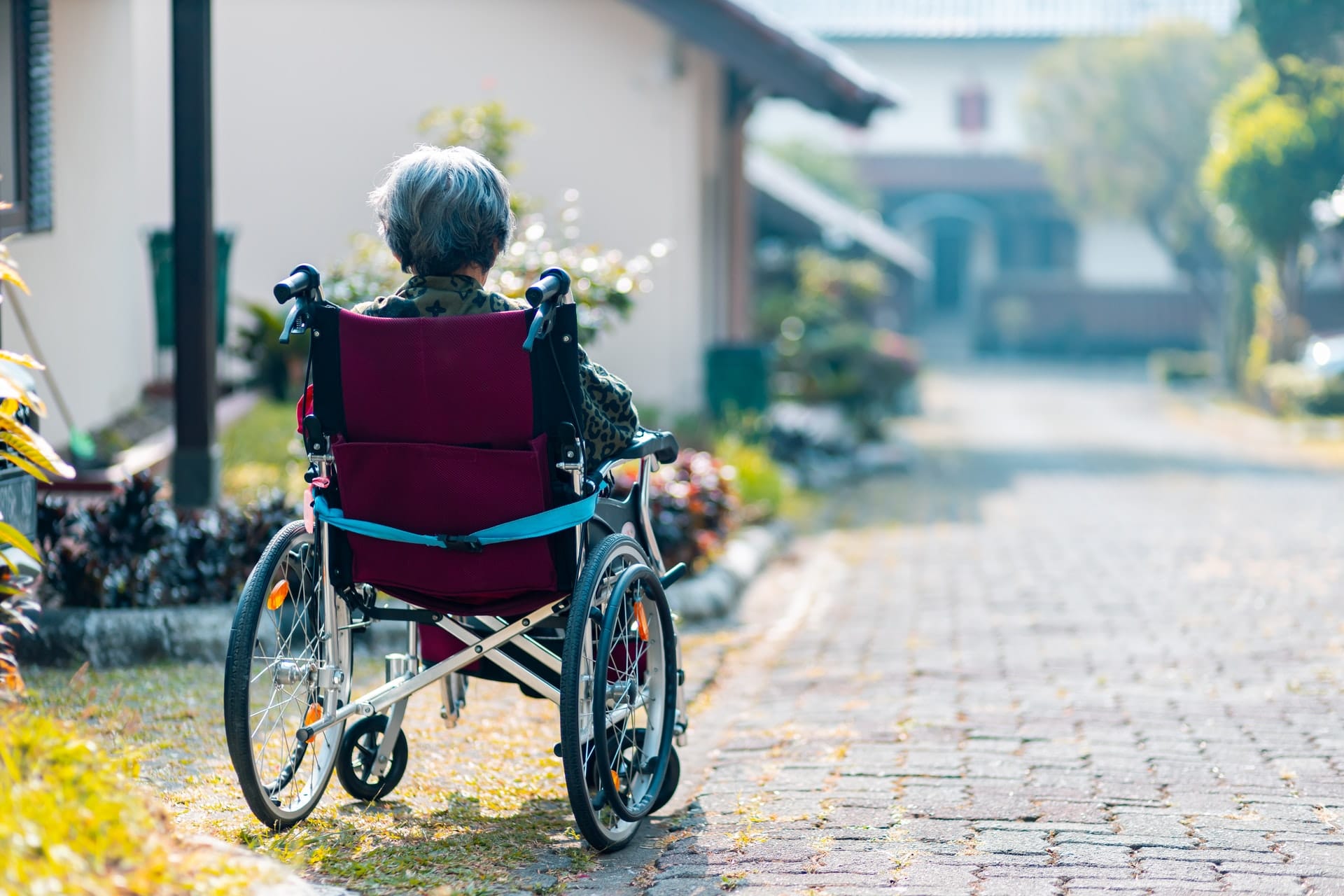
Benefits for Seniors with Disabilities
Oftentimes, seniors with disabilities qualify for health and financial assistance programs. However, they may be unaware of them or are confused about the eligibility requirements and enrollment process. Let’s go over the key programs for seniors with disabilities so that you have the information you need to get the benefits you deserve. Note on the 3 […]